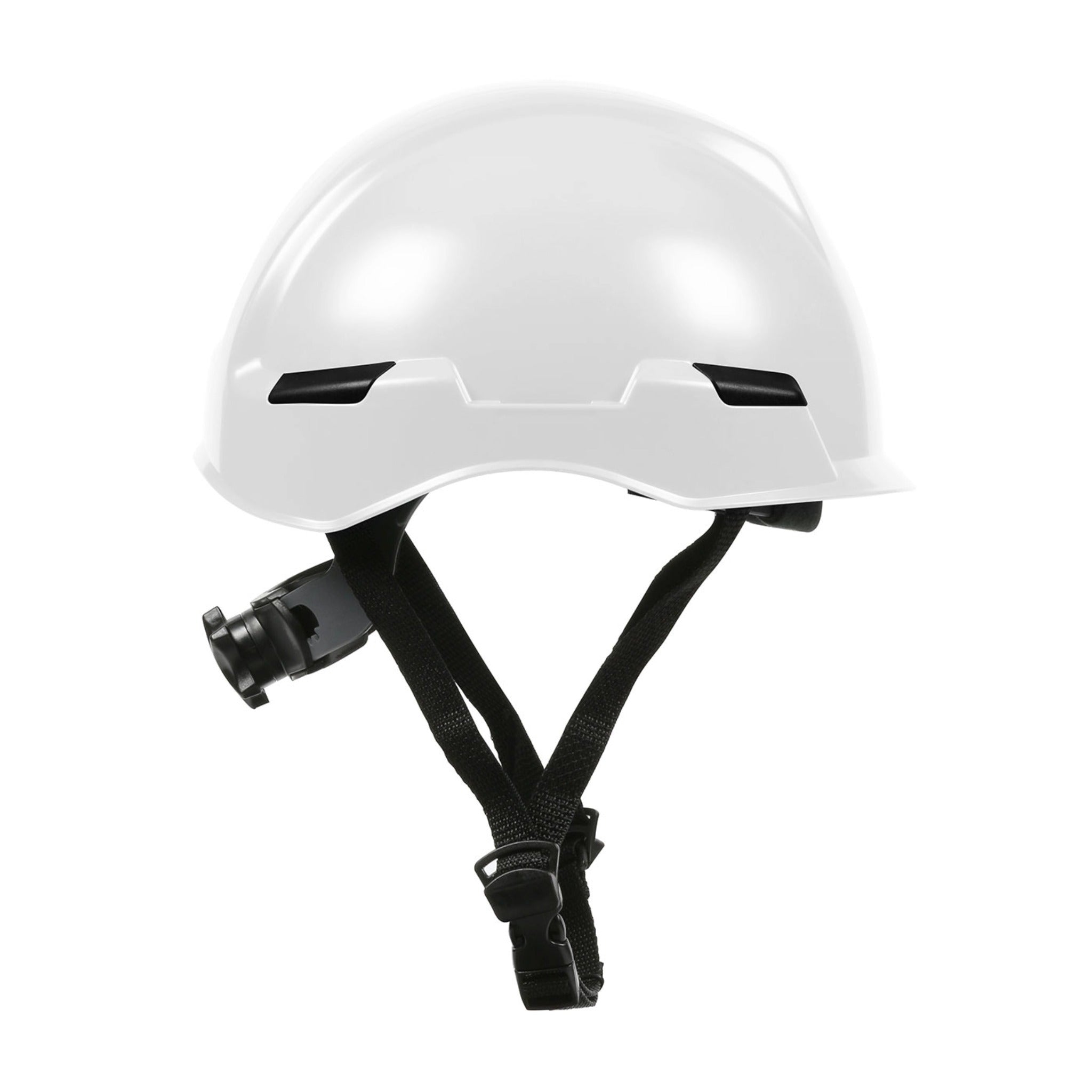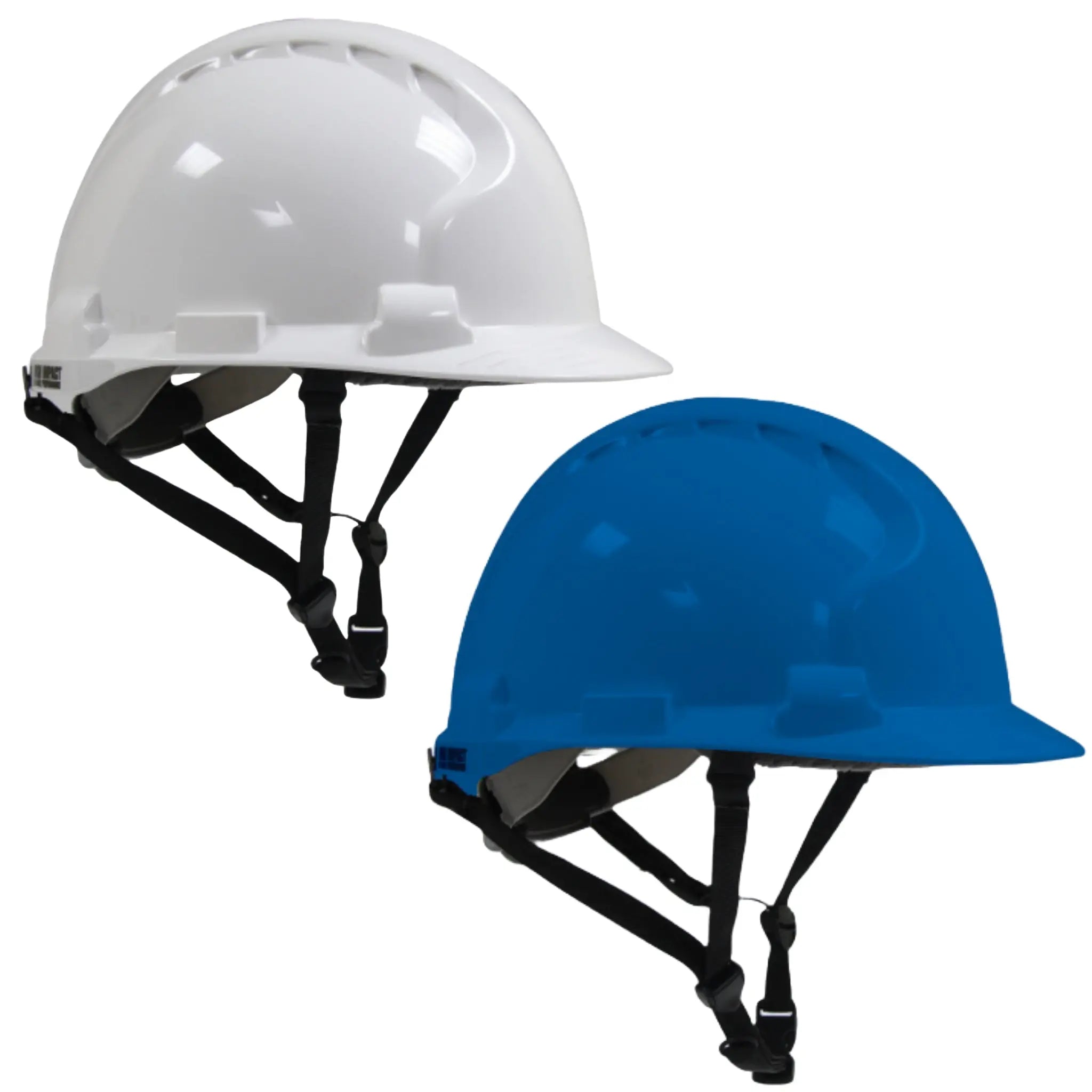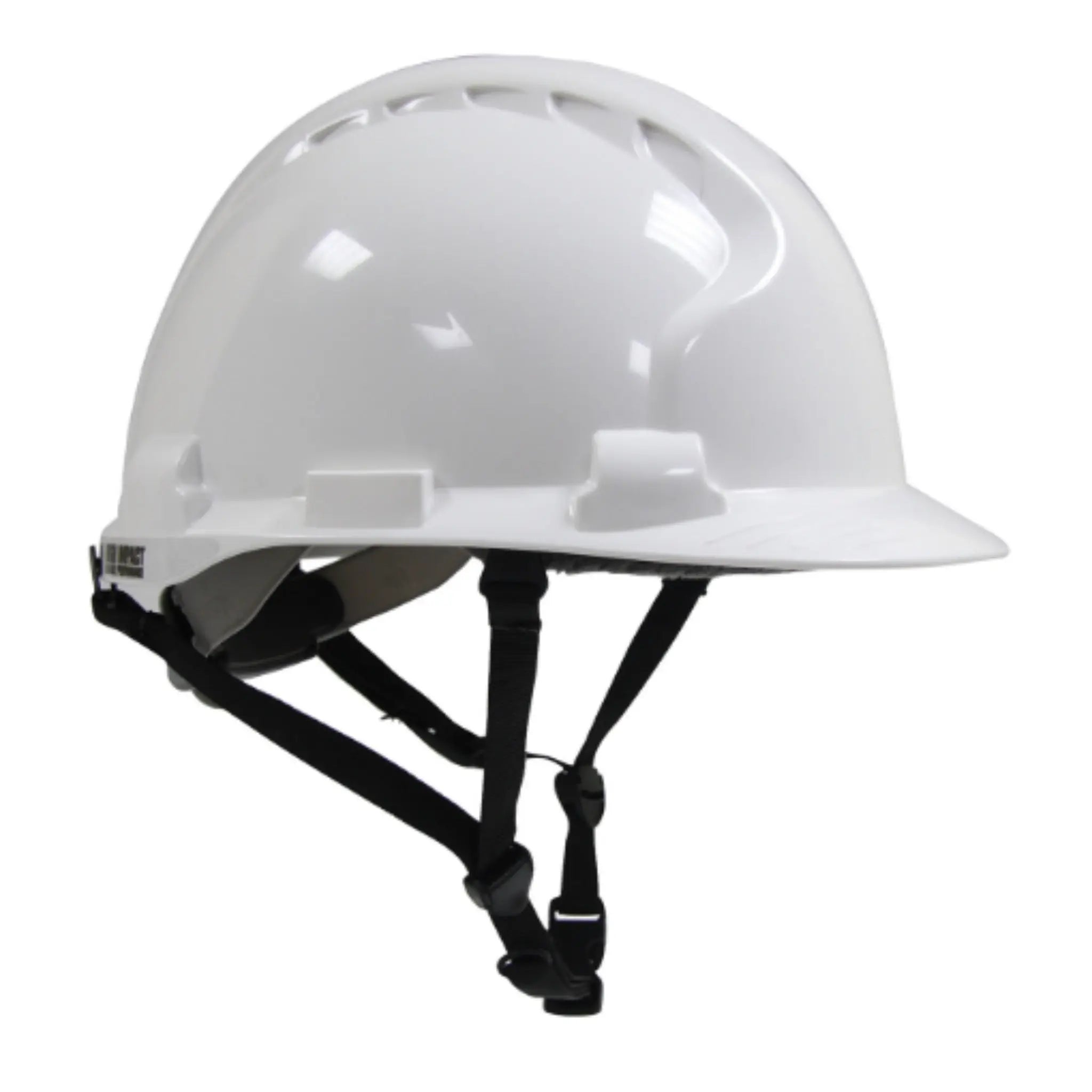ANSI & OSHA Hard Hat Requirements & Head Protection Guidelines
Resource Center Topics
Coronavirus Information
Ebola Information
Ebola Virus Information
Ebola Donning
Ebola Doffing & Disposal
Hearing Protection
Avian Bird Flu Information
Chemical Safety
General Workplace Safety
Basic First Aid
Ergonomics
OSHA Checklist for General Industry
Welding Safety
Healthcare/Laboratory
Electrical Safety
When to Wear a Hard Hat
The Occupational Safety and Health Administration (OSHA) guidelines for head protection are referenced in 29 Code of Federal Regulations (CFR) 1910.135 and 1926.100.
29 CFR 1910.135(a)(1) states, "Each affected employee shall wear protective helmets when working in areas where there is a potential for injury to the head from falling objects." The standard also addresses situations in which electrical hazards are present.
1901.135(a)(2) requires that workers who perform tasks close to exposed electrical conductors should wear hard hats engineered to shield against shocks. The OSHA standards themselves do not identify specific occupations or applications where head protection is required; Appendix B to Subpart I Part 9 lists some examples.
Need a Hard Hat? Click HereDo Hardhats Expire?
YES!
- Is your hard hat older than 4 years?
- Is your hard hat fading, chalky or brittle?
- Is your hat dented, cut or deeply scuffed?
- Has your hat suffered an impact?
- Do you leave your hard hat in your car?
It may be time to replace your hard hat.A full selection of hard hats can be found here.
The 3M Uvicator provides an easy to read UV damage indicator that tells you quickly when it is time to replace your hard hat due to sun damage. Providing vented cooling, suspension system and 3M quality, the Uvicator can help you keep safe in a rough job environment.
While OSHA does not indicate a hard expiration date for hard hats, they do expire and become less effective over time. Sun can damage the plastic material. Sweat, liquids and other substances encountered in your daily job may cause your hard hat to deteriorate over time. If your hard hat shows any form of damage or experiences an impact event, you will want to replace it. After all, it is cheap insurance for your most valuable head!
Occupations That Require a Hard Hat
- Carpenters
- Electricians
- Lineman
- Mechanics and repairers
- Plumbers and pipe fitters
- Assemblers
- Packers
- Wrappers
- Sawyers
- Welders
- Laborers
- Freight handlers
- Timber cutting and logging
- Stock handlers
- Warehouse laborers
Featured collection

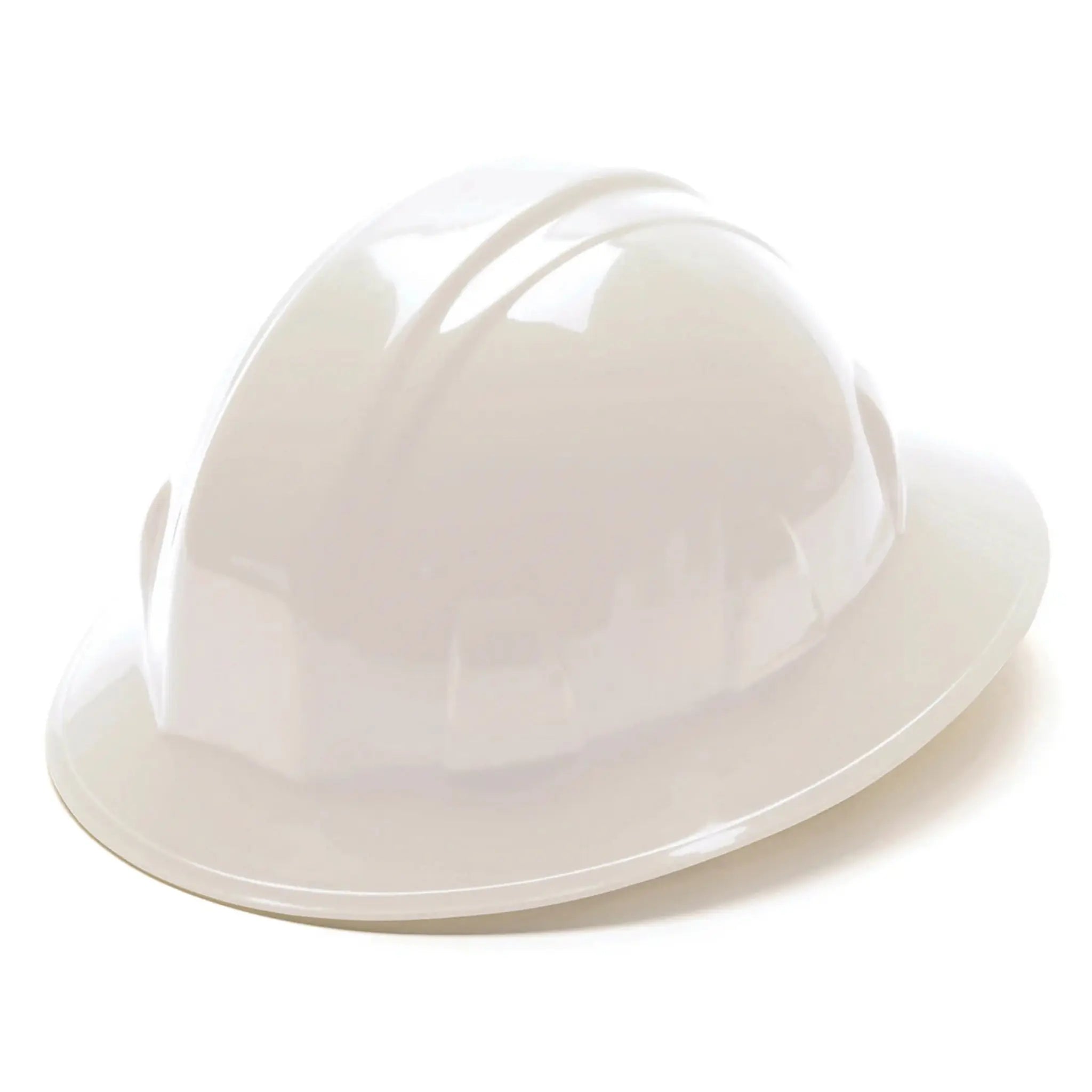

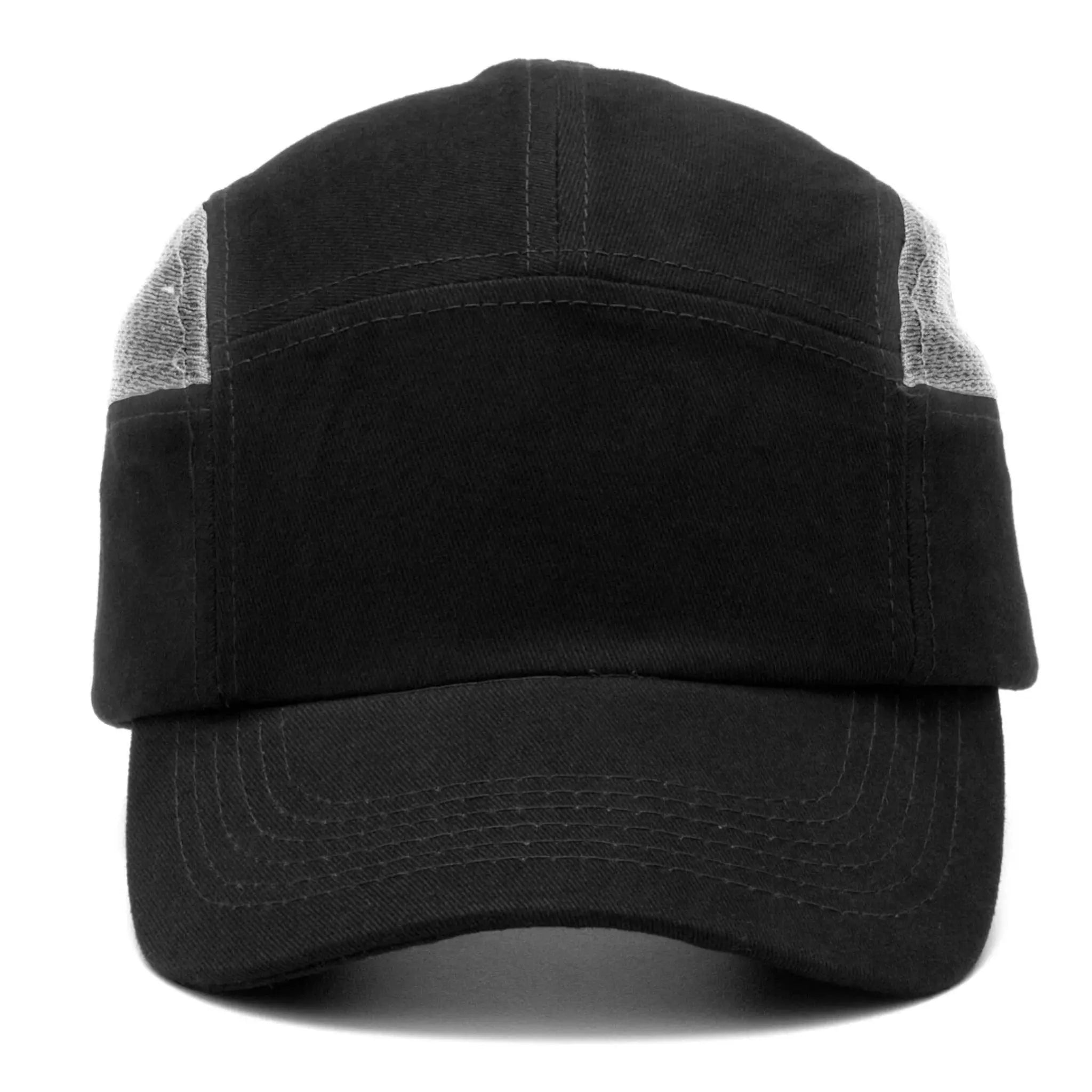
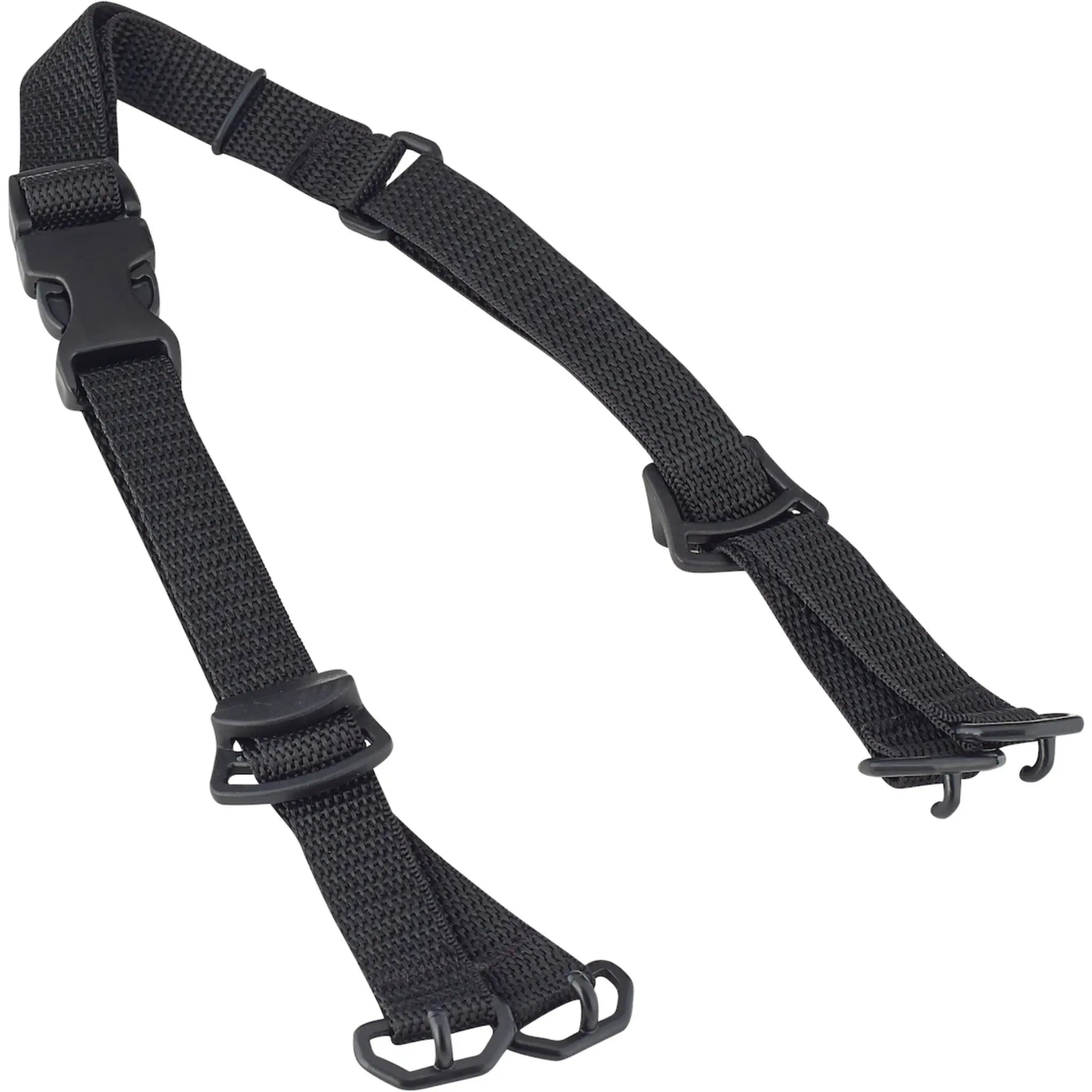

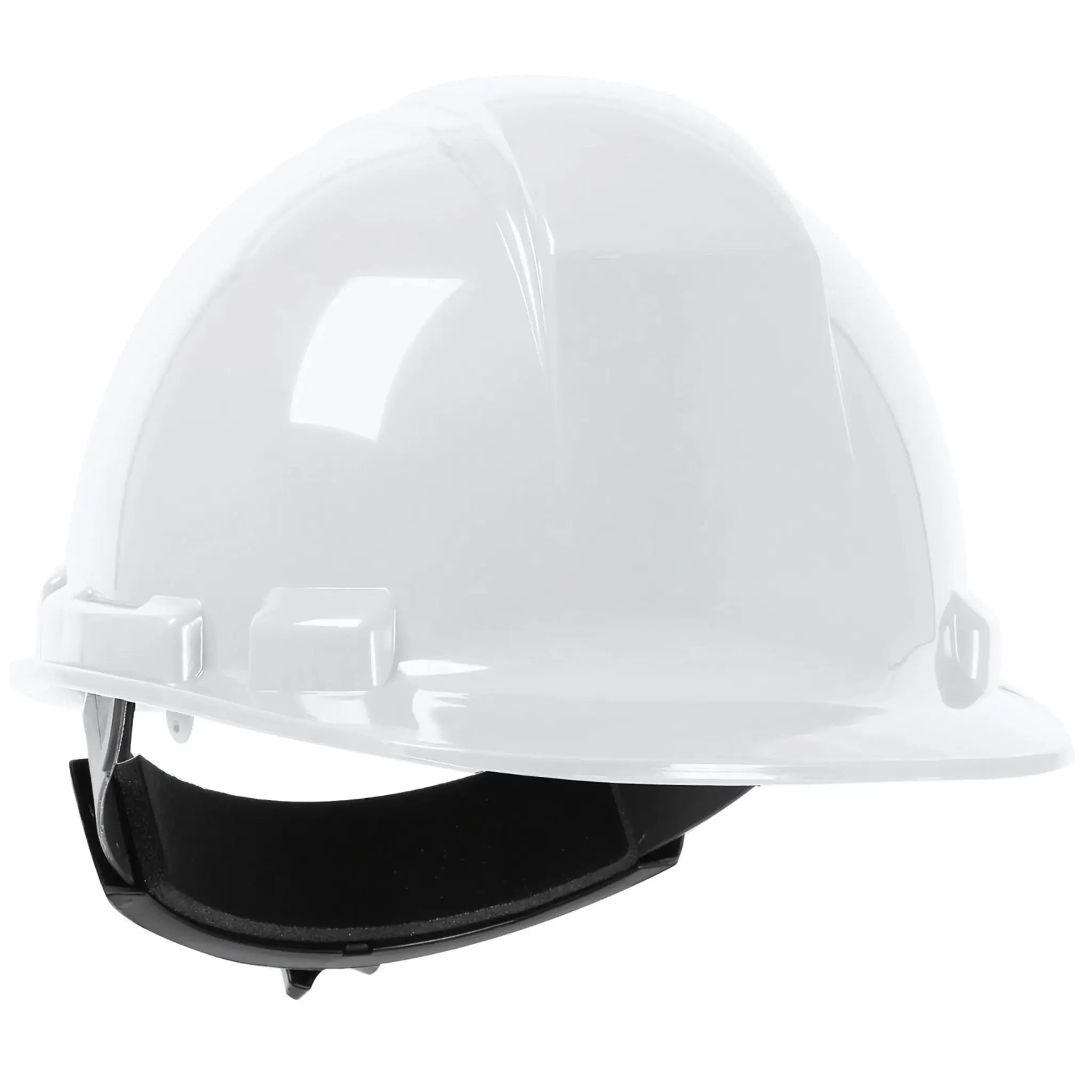
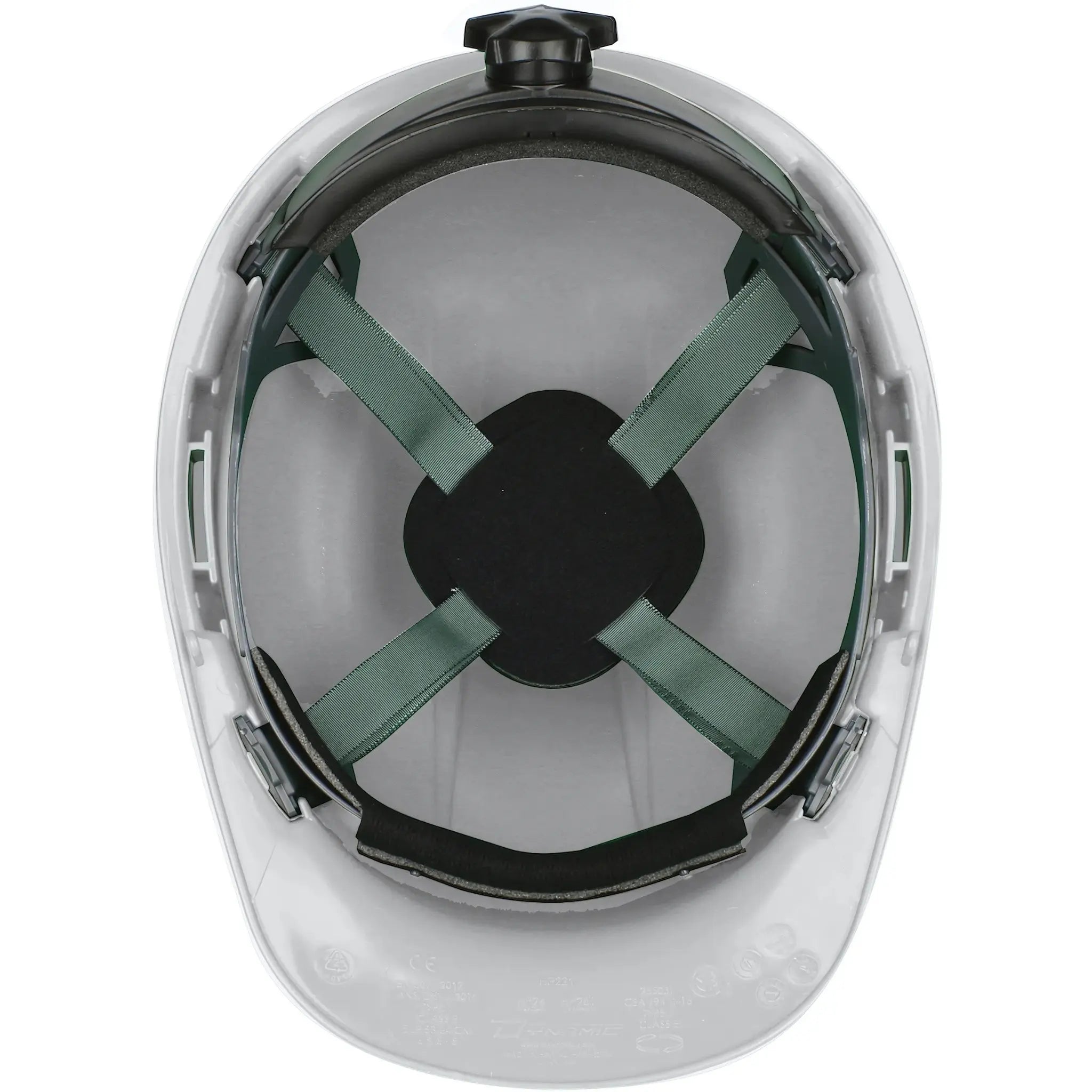
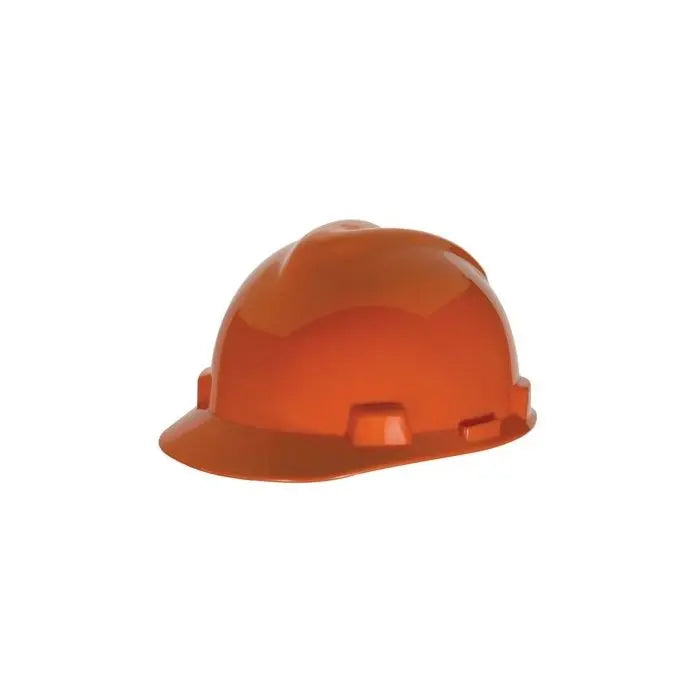
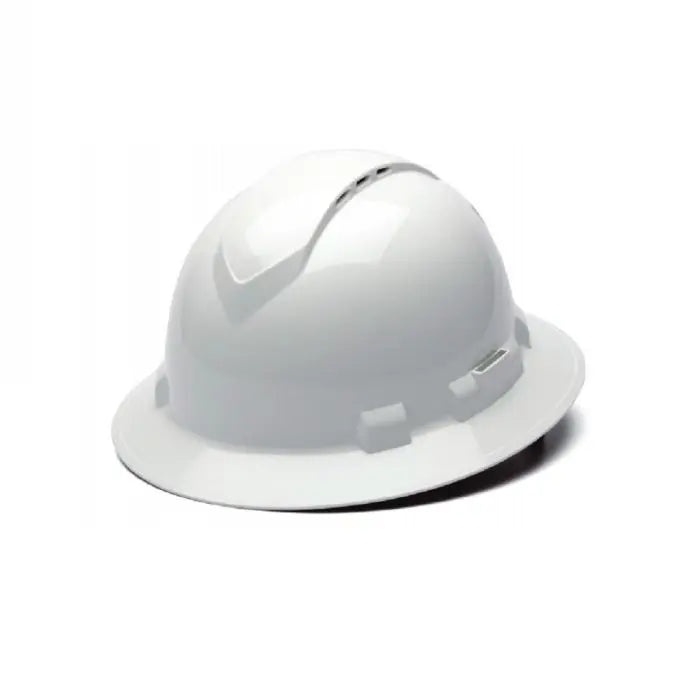
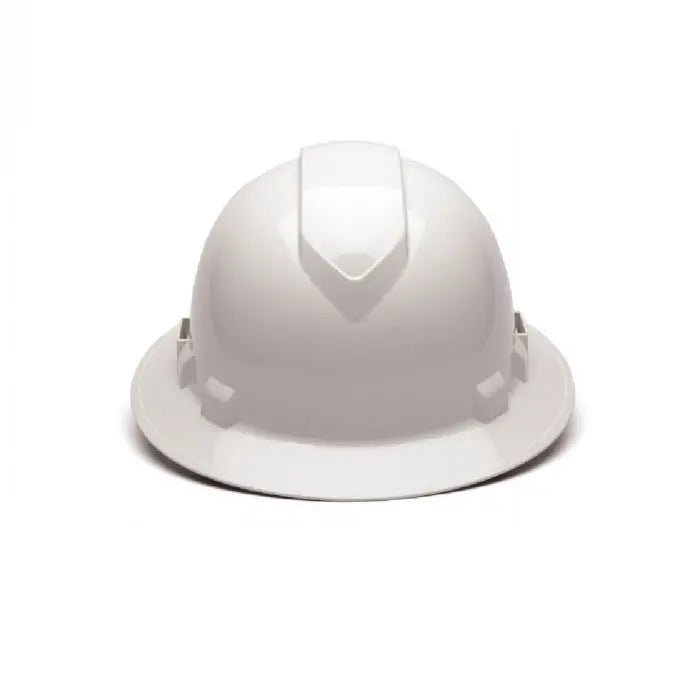
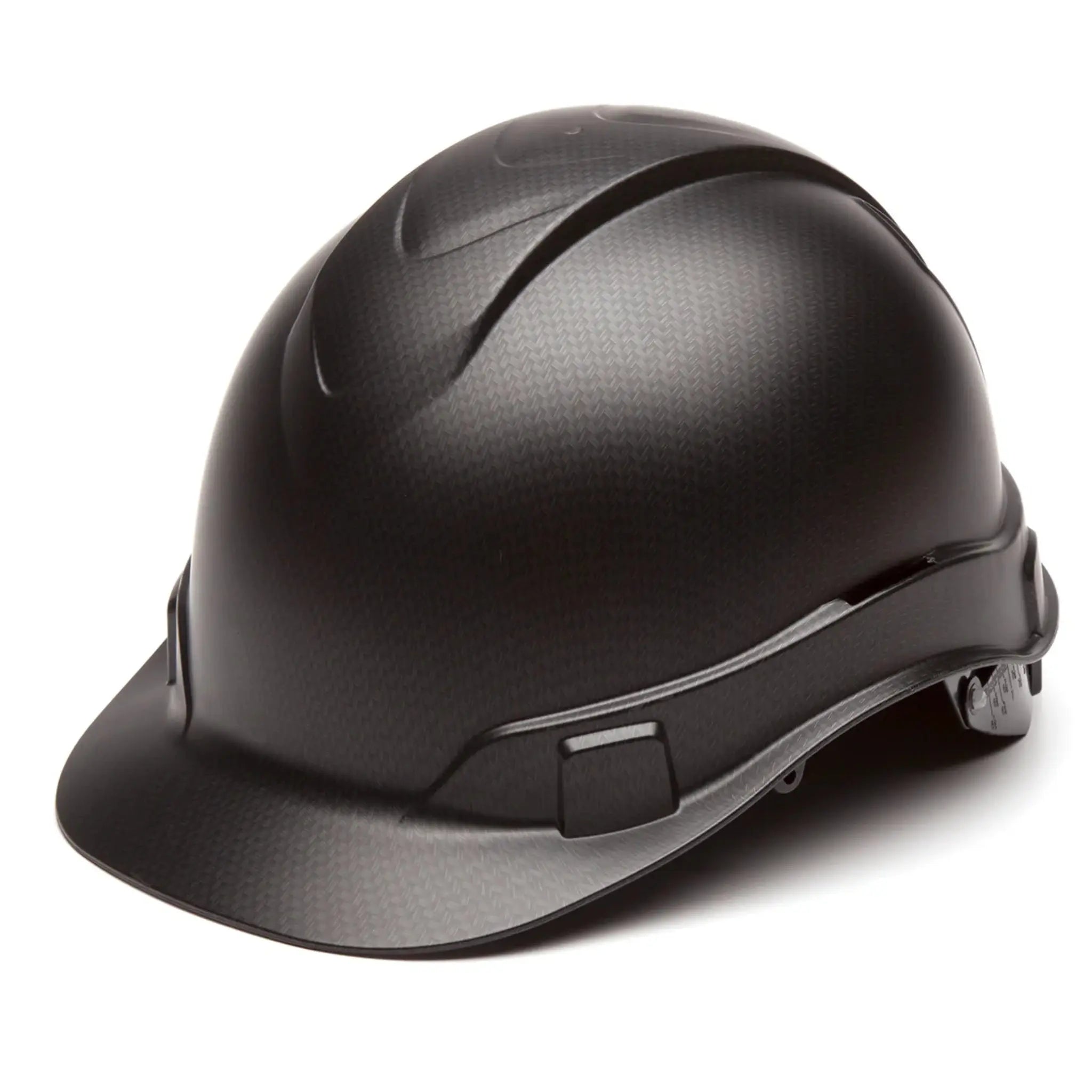


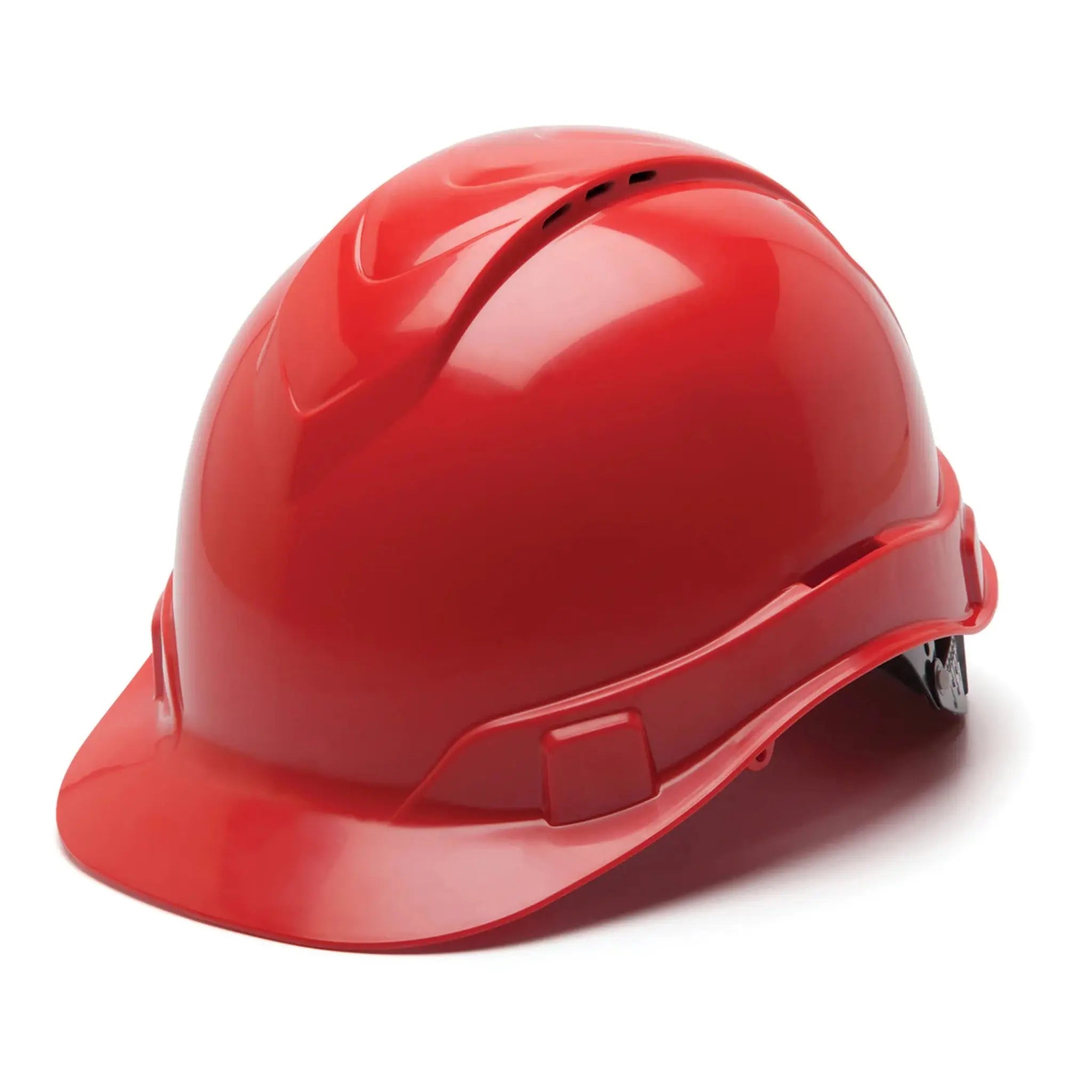


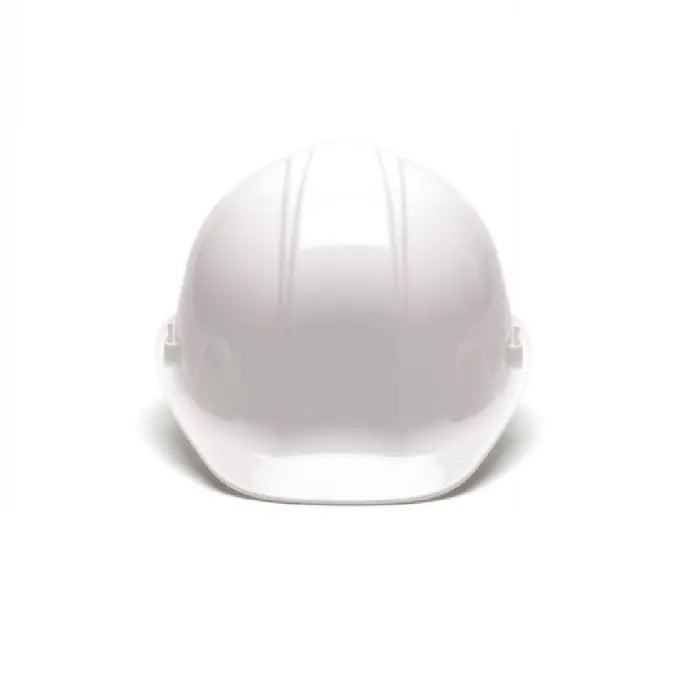

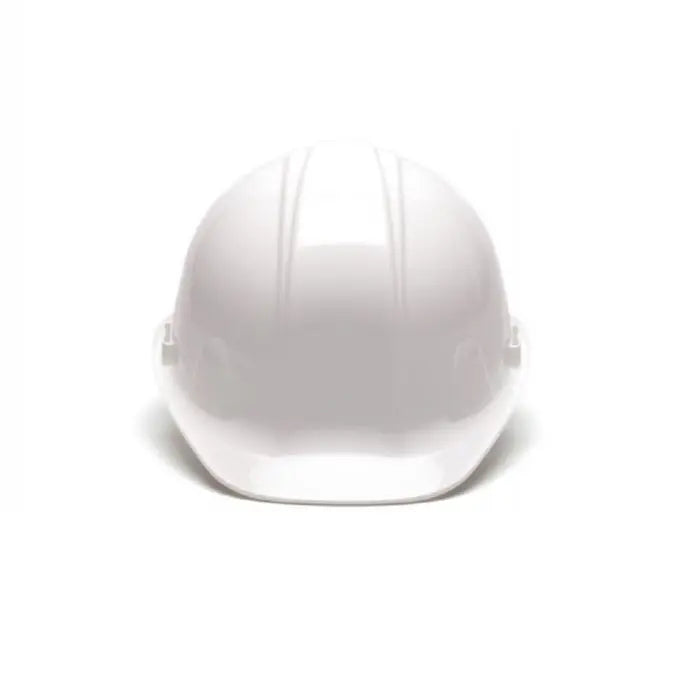

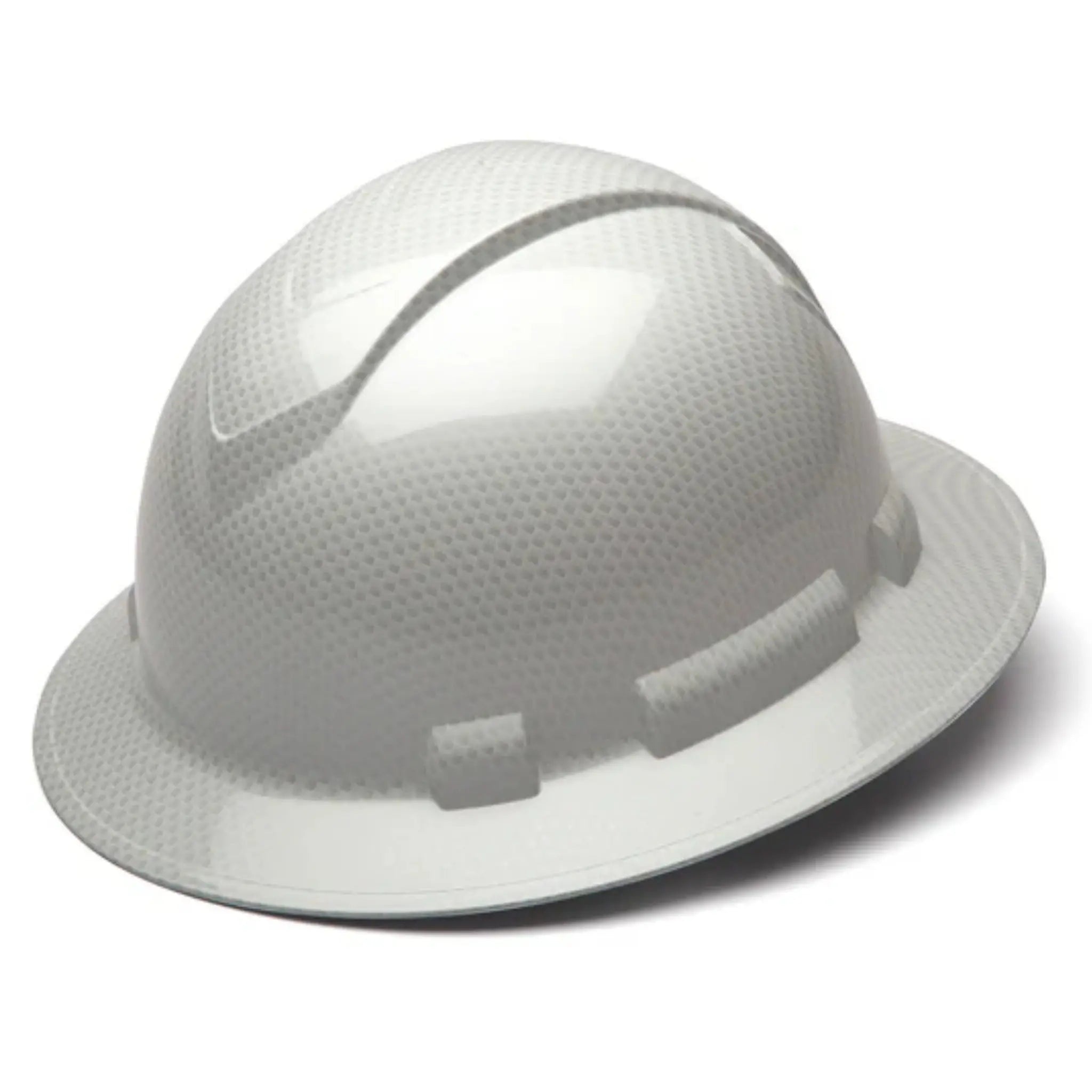
The appendix also provides examples of general applications where head protection should be worn. In terms of what constitutes a "protective helmet," 29 CFR 1910.135 makes a distinction between hard hats purchased prior to July 5, 1994, and hats purchased after that date. Helmets purchased after July 5, 1994, must comply with the performance guidelines in the ANSI Z89.1-1986, American National Standard for Personal Protection-Protective Headwear for Industrial Workers Requirements. Hats obtained before that date must comply with the 1969 version of the ANSI standard (ANSI Z89.1-1969).
ANSI Z89.1-2003
In 2003, ANSI published a revision to the Z89.1-1997. The most significant changes from the 1997 version were made to harmonize with other national standards that test and evaluate equipment performance. Many physical requirements for helmet components that did not provide added user value, limited design or inhibited top performance had been removed.
ANSI Z89.1-2009
ANSI/ISEA Z89.1-2009 revised ANSI Z89.1-2003. Important updates revolve around markings and testing procedures. Additionally standards were set for if hard hats meet the standards when worn in reverse amongst a few other updates.
ANSI Z89.1-2014
ANSI/ISEA Z89.1-2014 was prepared by the members of ISEA's Head Protection Group as a revision to ANSI Z89.1-2009, and approved by a consensus review panel of users, government agencies and safety experts setting forth requirements for hard hats of type I or type II - and marking requirements for all protective head gear classified as a hard hat.
Hard Hat Tests
ANSI published a revision in January of 2009. The significant changes from the 2003 version are three non-mandatory tests and are easy to understand. Each of these tests, if elected to be tested by the manufacturer, will result in three new markings on the helmet.
The three optional test criteria are:
- Reverse Donning: Helmets marked with a "reverse donning arrow" can be worn frontward or backward in accordance with the manufacturer's wearing instructions. They pass all testing requirements, whether worn frontward or backward.
- Lower Temperature: Helmets marked with an "LT" indicates that the hard hat meets all testing requirements of the standard when preconditioned at a temperature of -30°C (-22°F).
- High Visibility: Helmets marked with an "HV" indicates that the hard hat meets all testing requirements of the standard for high visibility colors. This includes tests for chromaticity and luminescence.
Hard Hat Markings & Ratings
Hard Hat Classes & Types
Class G - General Helmet (2,200V rated)
Class E - Electrical Helmet (20,000V rated)
Class C - Conductive Helmet (No Electrical Protection)
Type I - Designed for impacts to the top of the head.
Type II - Designed for off-center, side or top impacts.
Hard Hat Markings
LT - Lower Temperature (to -30 C or -22 F)
HT - High Temperature
HV - High Visibility
Reverse Donning - two arrows in a circle
Required Markings
Manufacturer Name
Date of Manufacturer
ANSI Rating - i.e. ANSI z89.1-2014
Type & Class Markings
Head Size Range
Hard Hat Life Span
OSHA does not specify the service life of a hard hat, and there is no standard expiration time frame for hard hats. Hard hat life span may vary depending on the conditions of each work site. As a general guideline, most hard hat manufacturers recommend replacing hard hats every five years regardless of outside appearance. If you work under extreme conditions, such as exposure to high temperatures, chemicals, or sunlight, hard hats should be replaced after two years of use. In addition, some manufacturers even recommend replacing the suspension in your hard hat every 12 months. It's important to review each work site to ensure that degradation of employees' hard hats is not being accelerated due to work conditions.
Commonly Asked Questions about Hard Hats
Q. Can I put decals on my hard hat?
A. In most instances, yes.
Q. Can hard hats be painted?
A. ANSI Z89.1-2003 Appendix A4 states that caution should be exercised when painting hard hat shells since some paints and thinners may attack and damage the shell and reduce protection levels. The hard hat manufacturer should be consulted before painting.
Q. Can I wear my hard hat backward?
A. Most likely. Check the helmet for the "reverse donning arrow" marking. The current 2009 edition addresses the issues of reverse wearing of hard hats. The standard now provides a non-mandatory test protocol that will allow manufacturers of hard hats to test the helmet and mark it with the "reverse donning arrow." This means the helmet can be worn frontward or backward in accordance with the manufacturer's wearing instructions.
Top-Selling Hard Hat Products


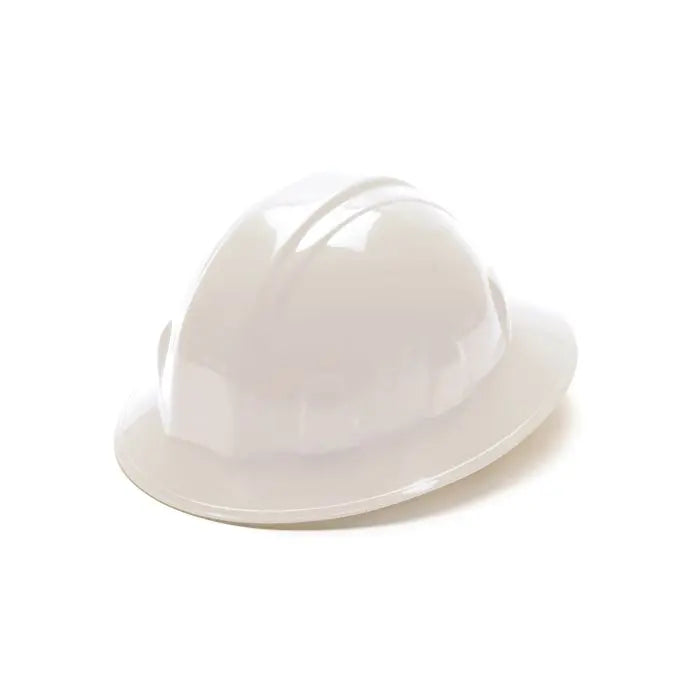
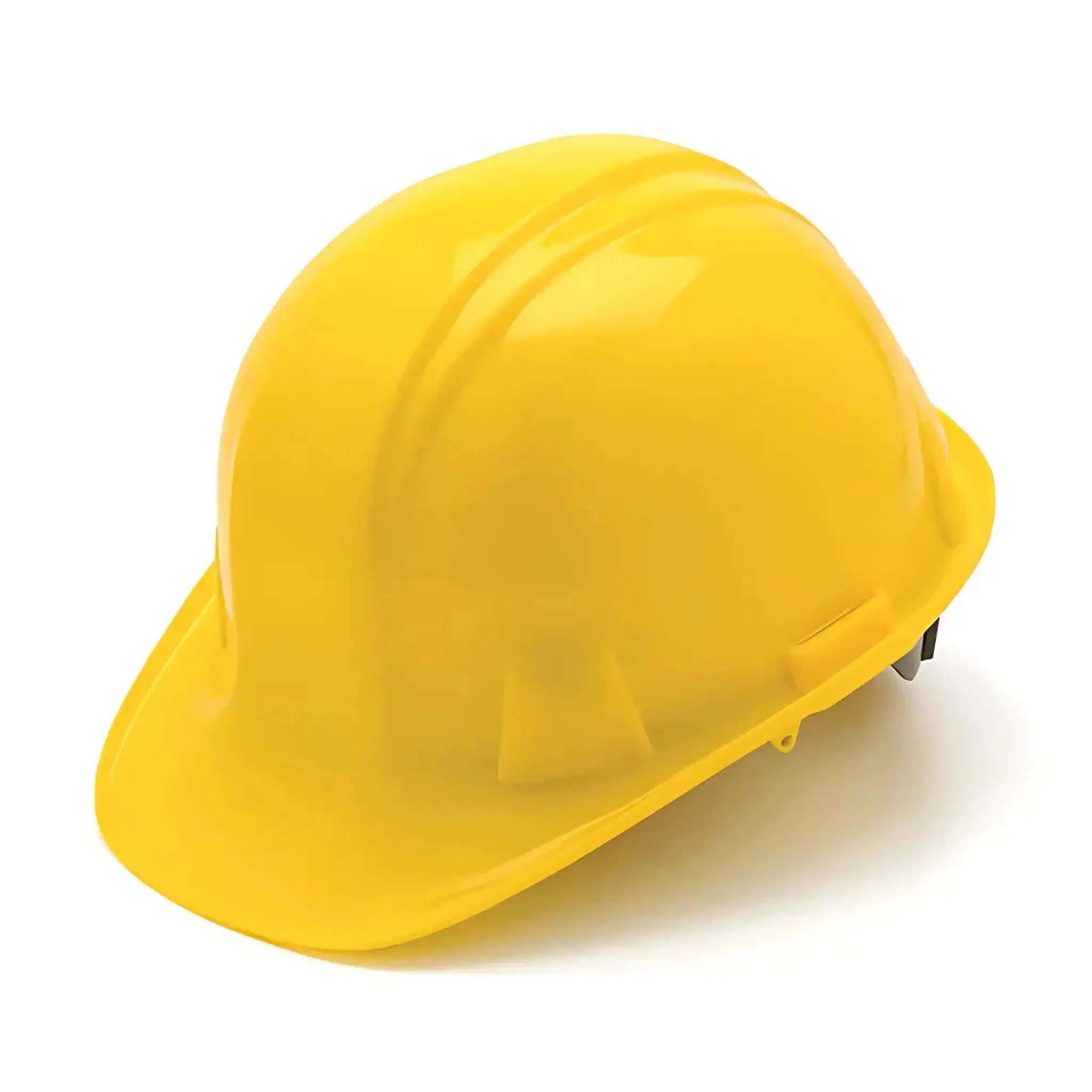
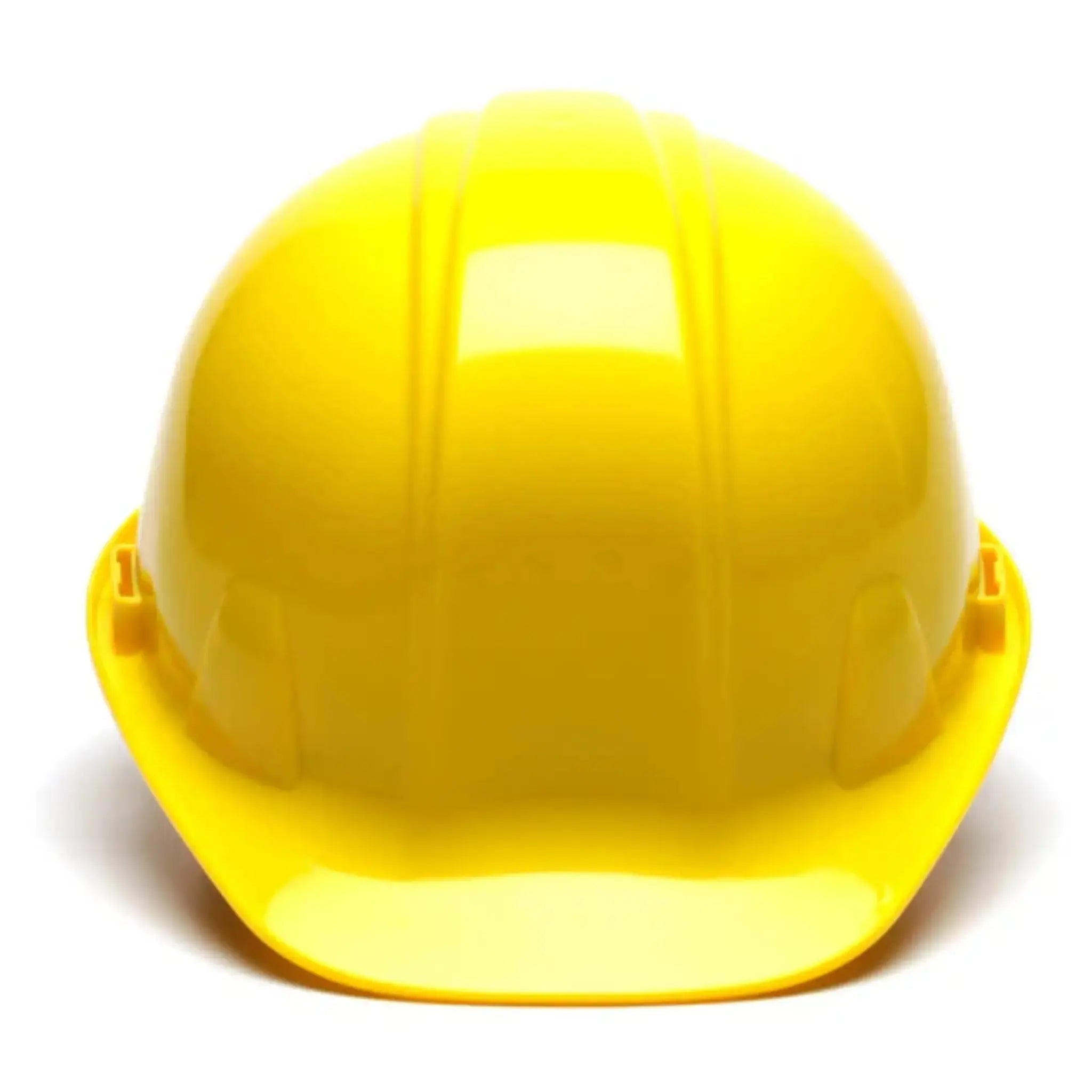






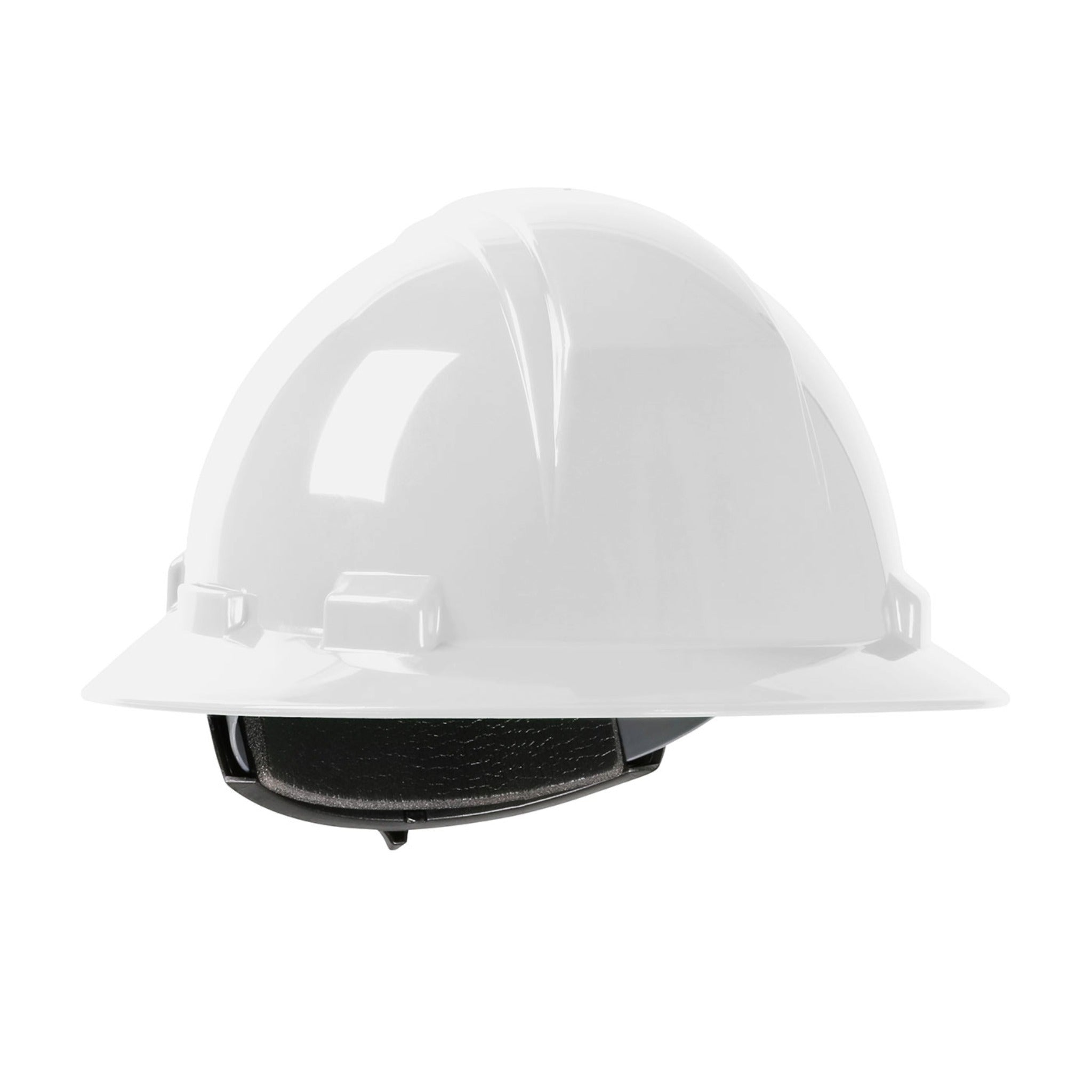
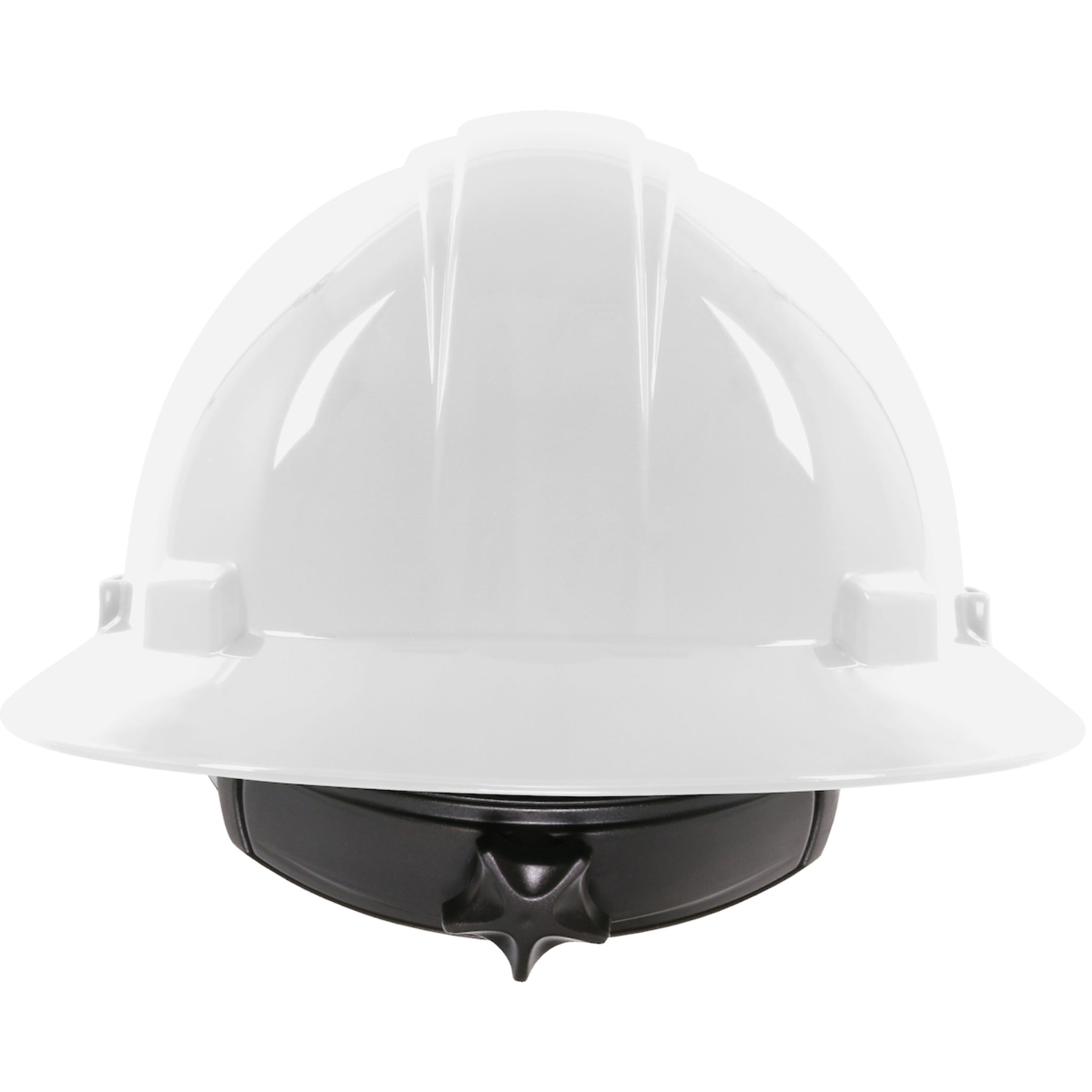
The government agency responsible for regulating hard hats in the United States is the Occupational Safety and Health Administration (OSHA). OSHA requires that hard hats meet specific safety standards, including those established by the American National Standards Institute (ANSI). The ANSI Z89.1 standard establishes guidelines for hardhat design, performance, testing, and certification, including impact resistance, penetration resistance, and electrical insulation requirements.
When looking for the best hard hats for construction, it's important to consider the ANSI Z89.1 2009 standard and look for hardhats that meet or exceed those requirements. Class C hard hats are typically suitable for general construction work, while Class E and Class G hard hats offer increased electrical insulation for workers in electrical or utility-related fields.
Hard hat stickers and labels are a common way to personalize or identify a hard hat, but it's important to ensure that they don't interfere with the hat's performance or obscure any safety markings.
When it comes to electrical shock, it's essential to wear a hard hat with electrical insulation if you're working near electrical hazards. Without proper insulation, a hard hat can become a conductor of electricity, leading to severe injury or death. It's crucial to follow all safety guidelines and use appropriate personal protective equipment, including hardhats, to protect yourself from potential hazards in the workplace.
In 2023, new OSHA (Occupational Safety and Health Administration) hard hat requirements will be implemented to ensure enhanced workplace safety. These regulations specifically address the importance of using OSHA-approved hard hats and highlight the need for regular inspection and maintenance. One crucial aspect of the updated guidelines is the inclusion of hard hat expiry dates, emphasizing the importance of replacing hard hats that have reached their designated lifespan. This precautionary measure helps to ensure that workers are adequately protected from falling or flying objects that may pose a potential hazard. Additionally, the new requirements emphasize the use of Class E hard hats, which offer electrical insulation and protection against high-voltage dangers. Employers are encouraged to prioritize employee safety by complying with these OSHA guidelines and providing their workers with approved hard hats that meet the necessary standards.
Visit OSHA’s new National Emphasis Program (NEP) on Heat Related Hazards
Visit Our Enviro Safety Products Resource Center!
Visit our Blog’s Construction Site Safety: 10 Essential PPE to Keep Workers Safe
Industrial Head Protection and Safety Helmet Standards
Here is some unique content about industrial head protection using the keywords you provided:
- Industrial safety helmets are essential for workers who are exposed to various hazards such as falling or flying objects, electrical shock, or impact from machinery or equipment.
- Industrial safety helmets must comply with the standards and specifications of the relevant authorities, such as OSHA and ANSI in the US, or Cal/OSHA in California.
- OSHA requires employers to provide employees with protective helmets that meet the criteria of one of the ANSI/ISEA Z89.1 standards for industrial head protection, which classify helmets by impact type and electrical class.
- Cal/OSHA also adopts the ANSI/ISEA Z89.1 standards and requires employers to ensure that the appropriate impact type and electrical class of helmet is selected and used for each employee.
- Industrial safety helmets can be enhanced with various accessories, such as face shields, goggles, earmuffs, communication systems, or chin straps, to provide additional protection or functionality.
- Industrial safety helmets should be inspected regularly for any signs of damage, wear, or expiration, and replaced if necessary. They should also be cleaned and stored properly to maintain their effectiveness.




